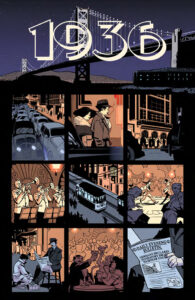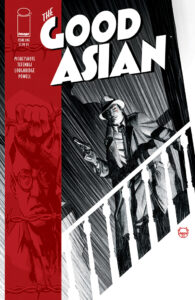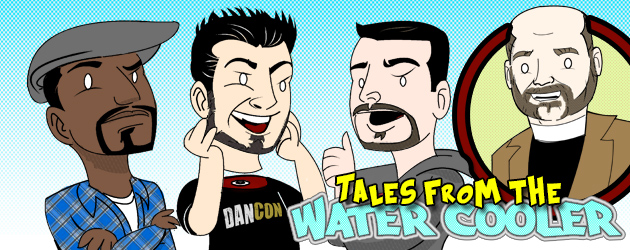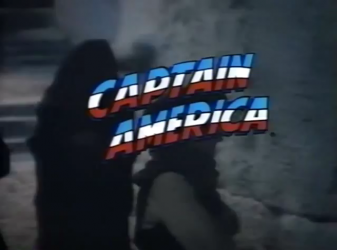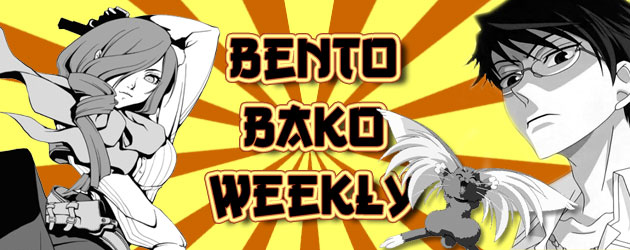I first came across Alexandre Tefenkgi’s work back in 2018 on Image’s Outpost Zero, a surprisingly nuanced existentialist meditation on determinism centered around a group of young adults effectively trapped in an isolated space colony. Then Tefenkgi collaborated with writer Sean Kelly McKeever to craft an impressively rendered and perilous world fraught with natural and man-made hazards. With The Good Asian steps into new territory of the crime noir genre, now working with Indel scribe Pornsak Pichetshote to bring bustling and seedy 1930s San Fransicso to life. Below he and I discuss how he came to be involved with The Good Asian, his inspiration and process for adapting to a new visual style, and how this story of a Chinese immigrant has touched him personally.
ComicAttack: The last project of yours that I covered was your great work on Outpost Zero with Sean Kelly McKeever. What have you been working on since then?
Alexandre Tefenkgi: After Outpost Zero I started to compile all the work to create my portfolio. I wrote the scenario few short stories. I reached out to writers and publishers to find a new project.
CA: What attracted you to The Good Asian and working with Pornsak to bring this world to life?
AT: First I thought the story was well written and entertaining. I’m not well versed in the detective genre but the story of this Asian detective who was raised within different communities, with different perspectives of life, sometimes on opposite sides of the spectrum was a nice hook to me. I felt there was a richness in the theme and authenticity in sub-theme. I thought ok, I think I can bring something to this project. I don’t have to stretch to feel empathy and interest. I could even use my own experience and express something that is in adequacy with the story.
CA: What influences inspired the style you have chosen for the book and did Pornsak have input that helped focus or streamline those decisions?
AT: I really love all kinds of comics/ European comics/ Manga. I was interested in the different ways to interpret the genre. I grew up with European comics so that’s my first inspiration. The first time I read Blacksad by Juanjo Guarnido and Juan Diaz Canales 20 years ago I was so blown away that it became one of my top references for the detective genre. As for the US comics inspiration, Alex Toth is a staple for me. I often go back to his books at least once a year.
Other than that I discovered Lobster Johnson by Mike Mignola and Tonci Zonjic quite recently. I love the decision-making in the art. It’s really well designed and the style is in adequacy with the story’s era. Batman is also one of my sources of inspiration.
On the manga side, I can tell you that Monster and 20th-Century Boys by Naoki Urasawa had a significant impact on my artistic direction. I’m a fan of Naoki’s work. There’s always one of his books near my desk or on my IPad!
Finally one of my favourite European artists is Denis Bodart. What he does is just so appealing to my eyes that I can’t stop going back to it. If you’ve never read Green Manor by Denis Bodart and Fabien Vehlmann, you’re missing something: a beautiful crime-solving mystery book.
CA: Do you find the noir aesthetic limiting to your creativity, or does working in a well-defined genre actually encourage you to experiment?
AT: The noir aesthetic is something new to me. I had to experiment and find what I could tweak in my art to match the project. I wanted a style that was fairly respectful of the genre but with a twist. I didn’t want to go full black to keep the characters’ expressions visible and also find a balance when creating atmospheres with hard black shadows. One of my strengths is character acting and facial expressions, and I wanted to keep that.
CA: What was your research process? Did you rely very heavily on period-accurate photographs or did you visit San Francisco to develop your own references?
AT: I’m very lucky because Pornsak did all the groundwork for the documentation. With each issue, I get a well-organized folder with pictures and videos of the locations when possible. I also get all the documentation about the fashion and architecture of this era. On my end, I use google and Pinterest for the extra research.
CA: Did you consult with real detectives or private investigators to determine out how they engage with crime scenes and interrogations?
AT: Not at all. The only detective around is my wife. She always knows how many chocolates are left in a box.
CA: Edison Hark relies on very subtle clues that are easily overlooked to intuit his next move in the investigation. How did you decide on the best way to convey his skillset to the readers visually?
AT: We wanted something that could be read right away, easily, something that would translate the detective hawk eye. A technique similar to a close-up or a zoom-in.
CA: Did you come up with any details or narrative techniques that were exciting for you to experiment with, but that didn’t make it into the books?
AT: I started to experiment with the comics with shades of grey like the tonal layers you can find in mangas. It looked good but with the awesome colorwork of Lee Loughridge, we decide that our combined visual language didn’t need that extra layer. We were already set.
CA: How long did it take you to refine the style and mannerisms of the characters?
AT: It’s something organic. There’s a strong base in the designs that we have defined at the beginning of the book but the characters are fictional living people. The way they act, the way they express themselves progresses with the story. The more I spend time and know them the more I can accurately imagine how they would behave and interact.
CA: Who is your favorite character to draw from The Good Asian and why?
AT: I have two favourite characters: Edison Hark and Lucy. They’re opposite colors on the spectrum but that’s what brings the fun and contrast. Hark is more cerebral, in the réflexion and Lucy is more in the doing and action. Hark is pessimistic and Lucy’s optimistic. It’s a duo that works perfectly to me and brings depth to our perspective.
CA: Were there any instances where the concepts you started with evolved drastically or surprisingly as you learned more about the characters?
AT: No, so far nothing has taken a U-turn and that’s good news: it means that we always were in the ballpark!
CA: Did any of the American history you researched for The Good Asian surprise you?
AT: Not really, because the only thing that changed compared to now is the time period. Immigration has always been a political key point in history, it’s a variation of the same topic. What happened with China could be compared to what happened to South America.
CA: Do you feel there are more stories of the people affected by the Chinese Exclusion Act that should be told?
AT: Of course. The Good Asian is only our take. I’m sure there are other interesting stories linked to that time period.
CA: Why did you and Pornsak feel it was important to address the blatant and pervasive racism that was so prevalent against Asian Americans and immigrants at the time?
AT: Racism has always been a constant issue in any time period. Speaking of our past helps us understand and avoid repeating our mistakes. We should raise awareness when we can in order to acknowledge the problems that some don’t want to see. Any medium is good to use if it helps spreading knowledge. It’s the first step to change our perspective.
CA: Do you feel the current increase in violence in the US against Asian Americans and immigrants reflects a need for stories like The Good Asian to help promote empathy and understanding across cultures?
AT: I’m not Asian American and I don’t live in the US but as a mixed-raced person, I know what it’s like to be attacked for who you are. Human beings are often too afraid of differences and what they don’t know. As I told you above, knowledge is one of the keys to change the mindsets. The good Asian is not a History book and we’re not here to educate the readers but to entertain. That said, we have an opportunity to show in filigrane the hardships of the Asian community. The Good Asian is partly the story of immigrants in a broader sense, it could be translated into any community. Racism is every culture’s problem to fight against.
CA: Ideally, what ideas would you like readers to take away from Edison’s story the most?
AT: That’s he’s a badass Asian facing dark times, who despite becoming pessimistic, never stopped doing his part for the community
CA: As a personal note for our audience:
What are you reading?
AT: Currently reading Fire Power– by Robert Kirkman and Chris Samnee. I reread Slots by Dan Panosian
What are you watching?
AT: I’m currently watching Wanda/Vision on Disney+, before that, I watched Age of Samouraï in Japan on Netflix.
What are you listening to?
We at ComicAttack.net would like to thank Alexandre Tefenkgi for taking the time to share their thoughts, experiences, and opinions with us and our readers. Check out my review of the first 3 issues here, along with my interview with writer Pornsak Pichetshote and the more personal in-depth discussion with both creatives on the book. The Good Asian is available online and at local retailers now.
Christian Davenport
cable201@comicattack.net



